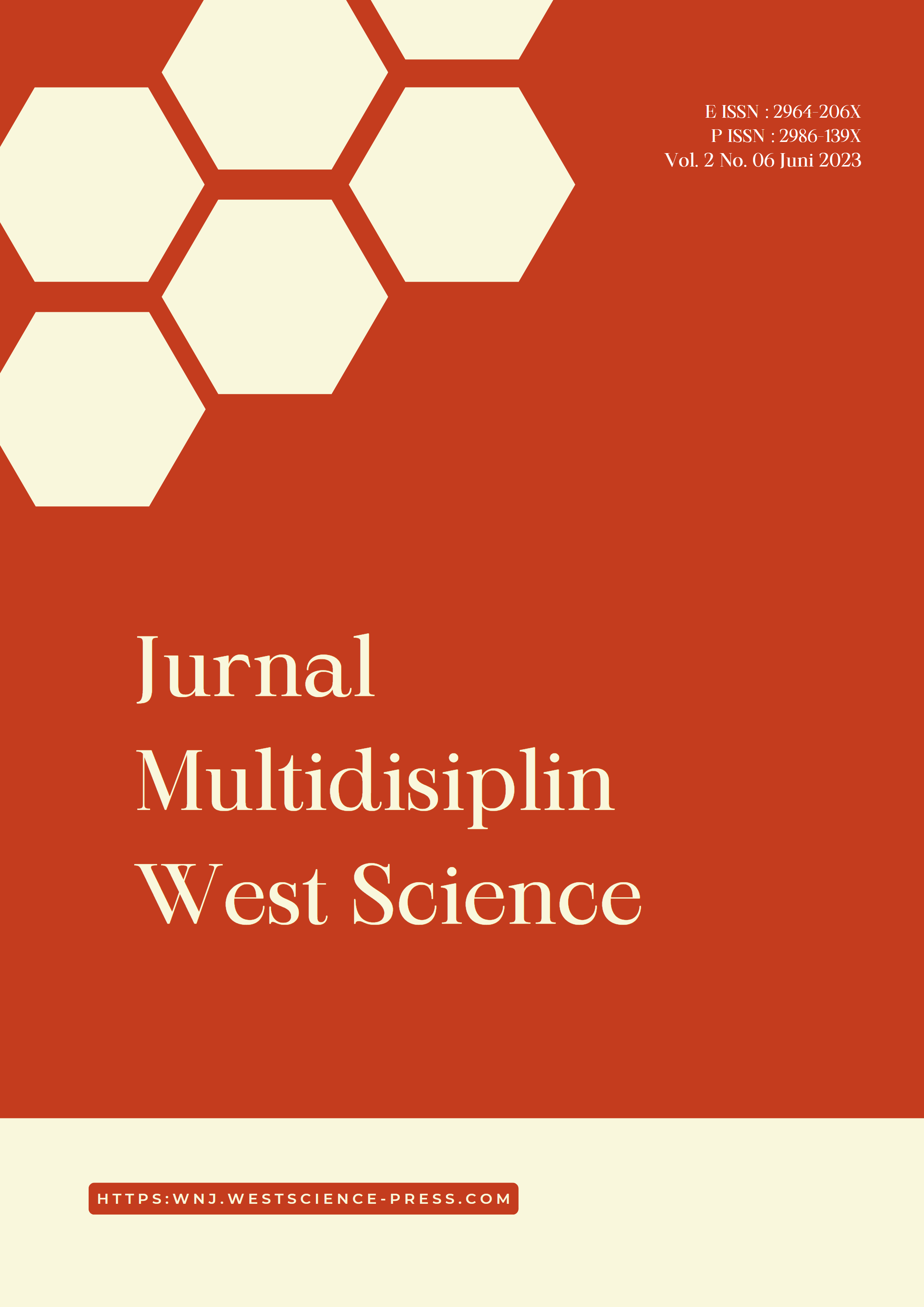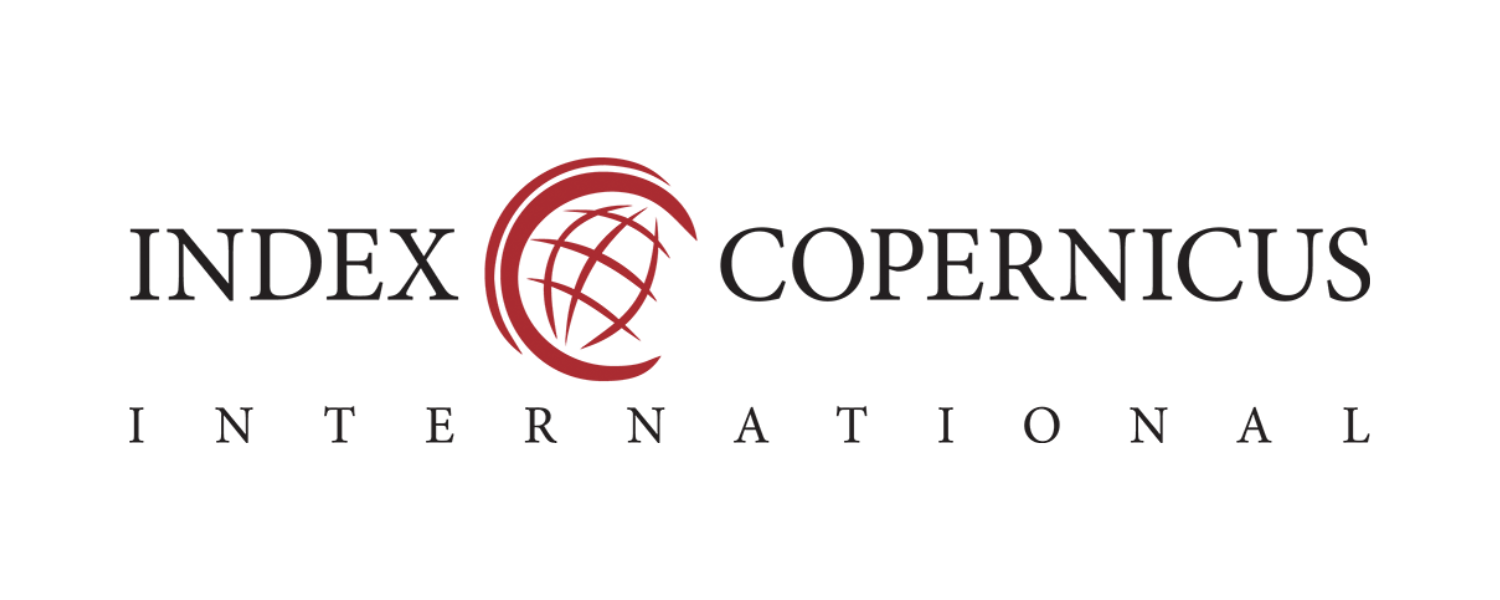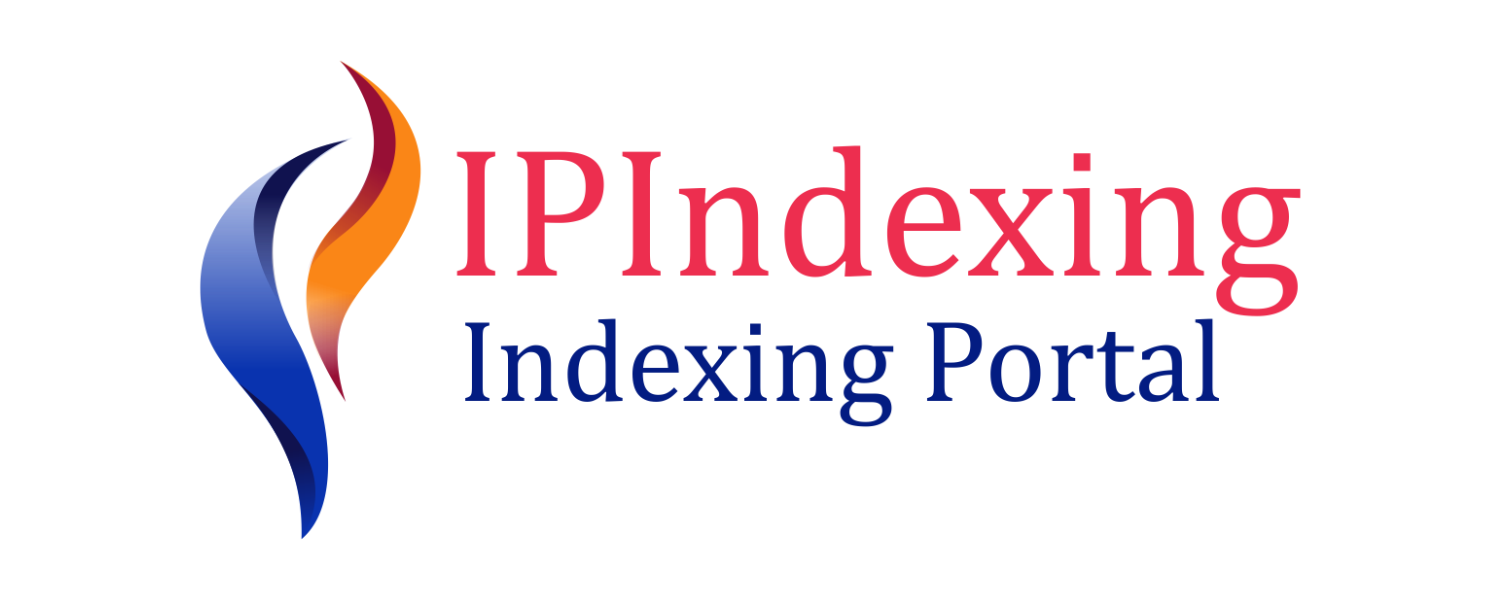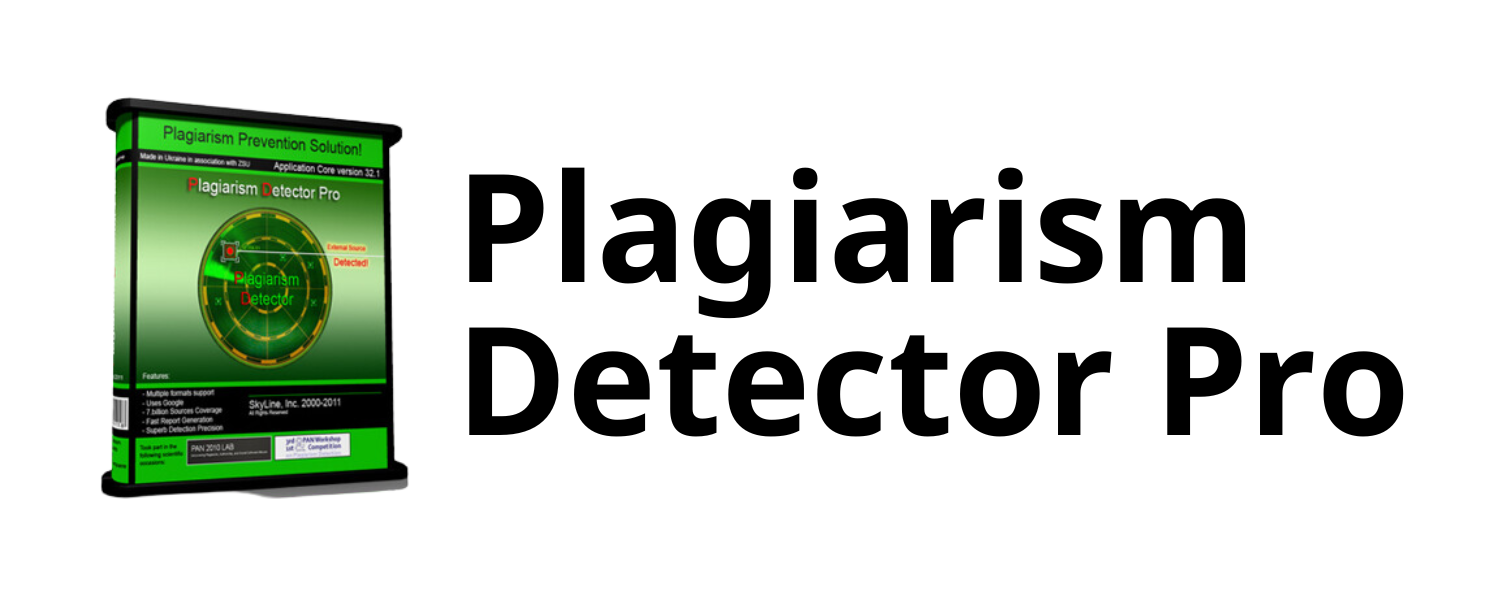Pendorong dan Praktik Rantai Pasokan Hijau dalam Penggantian Kantong Plastik di Retail Modern: Analisis Empiris Kinerja Manajemen
DOI:
https://doi.org/10.58812/jmws.v2i6.381Kata Kunci:
Faktor Pendorong, Praktik Rantai Pasokan Hijau, Kantong Plastik, Retail ModernAbstrak
Penggunaan kantong plastik sangat penting bagi konsumen rumah tangga dalam berbelanja di retail modern.
Selain memberikan manfaat, kantong plastik juga memiliki dampak negatif bagi lingkungan karena sulit
terurai dan menjadi limbah. Oleh karena itu, penerapan manajemen rantai pasokan hijau menjadi sangat
penting dalam penggunaan kantong plastik di retail modern, terutama melalui penggantian kantong plastik
sekali pakai. Penelitian ini bertujuan untuk menyelidiki efektivitas manajemen rantai pasokan ramah
lingkungan (GSCMP) dengan mempertimbangkan faktor pendorong dan praktik rantai pasokan hijau
(GSCP). Data survey dari retail modern di Kota Bandung digunakan dan di analisis menggunakan metode
SEM PLS. Hasil penelitian menunjukkan bahwa faktor pendorong dan praktik rantai pasokan hijau
memengaruhi kinerja manajemen rantai pasokan hijau dalam penggantian kantong plastik di retail modern.
Referensi
Aslam, M. K., Sadaf, M., Ali, S., & Danish, M. (2019). Consumers’ Intention towards Plastic Bags Usage in a Developing Nation: Applying and Extending the Theory of Planned Behavior. www.pbr.co.in
Bahri, N. A. (2019). Bumi dan corporate social responsibility. IMANENSI: Jurnal Ekonomi, Manajemen Dan Akuntansi Islam, 3(1), 37–48. https://doi.org/10.34202/imanensi.3.1.2018.37-48
Bentler, P. M., & Bonett, D. G. (1980). Significance Tests and Goodness of Fit in the Analysis of Covariance Structures. In Psychological Bulletin (Vol. 88, Issue 3).
Chen, Z., & Tan, A. (2021). Exploring the circular supply chain to reduce plastic waste in singapore. Logforum, 17(2), 271–286. https://doi.org/10.17270/J.LOG.2021.564
Dijkstra, T. K., & Henseler, J. (2015). Consistent Partial Least Squares Path Modeling. Management Information Systems Research Center, University of Minnesota, 39(2), 297–316.
Fahmi, M. A. (2022). Analysis of Sustainable Business Performance in Staple Food Traders in West Java Province: An Empirical Analysis. In Management, and Industry (JEMI) (Vol. 05, Issue 03).
Garson, G. D. (2016). Partial least squares. Regression and structural equation models.
Ghozali, I., & Latan, H. (2015). Partial least squares konsep, teknik dan aplikasi menggunakan program smartpls 3.0 untuk penelitian empiris.
Geng, Y., Sarkis, J., & Zhu, Q. (2012). Evaluating the measures of green supply chain management and their impact on performance. Journal of Cleaner Production, 34, 36–48.
Heliani, H., & Elisah, S. (2022). Pengaruh Profitabilitas, Makroekonomi, Firm Size Terhadap Financial Distress Dengan Nilai Perusahaan Sebagai Variabel Moderating. Owner, 6(4), 4142–4155. https://doi.org/10.33395/owner.v6i4.1080
Hair, J., & Alamer, A. (2022). Partial Least Squares Structural Equation Modeling (PLS-SEM) in second language and education research_ Guidelines using an applied example _ Elsevier Enhanced Reader.
Hair, J. F. J., Hult, G. T. M., Ringle, C., & Sarstedt, M. (2017). A Primer on Partial Least Squares Structural Equation Modeling (PLS-SEM). Long Range Planning. .
Hair, J. F., Sarstedt, M., Hopkins, L., & Kuppelwieser, V. G. (2014). Partial least squares structural equation modeling (PLS-SEM): An emerging tool in business research. In European Business Review (Vol. 26, Issue 2, pp. 106–121). Emerald Group Publishing Ltd. https://doi.org/10.1108/EBR-10-2013-0128
Hair, J. F., Sarstedt, M., Ringle, C. M., & Mena, J. A. (2012). An assessment of the use of partial least squares structural equation modeling in marketing research. Journal of the Academy of Marketing Science, 40(3), 414–433. https://doi.org/10.1007/s11747-011-0261-6
Hair Jr, J. F., Hult, G. T. M., Ringle, C. M., Sarstedt, M., Danks, N. P., & Ray, S. (2021). Partial least squares structural equation modeling (PLS-SEM) using R: A workbook.
Henseler, J., Ringle, C. M., & Sarstedt, M. (2015). A new criterion for assessing discriminant validity in variance-based structural equation modeling. Journal of the Academy of Marketing Science, 43(1), 115–135. https://doi.org/10.1007/s11747-014-0403-8
Novanda Sari, D., & Ainul Fahmi, M. (2022a). The Impact of LINKS (Local and Indigenous Knowledge Systems) on Human Resources Innovation Capability Strategy and Business Performance of Food and Beverage MSMEs. In Management, and Industry (JEMI) (Vol. 05, Issue 04).
Novanda Sari, D., & Ainul Fahmi, M. (2022b). The Impact of LINKS (Local and Indigenous Knowledge Systems) on Human Resources Innovation Capability Strategy and Business Performance of Food and Beverage MSMEs. In Management, and Industry (JEMI) (Vol. 05, Issue 04).
Ramayah, T., Jasmine, Y. A. L., Ahmad, N. H., Halim, H. A., & Rahman, S. A. (2017). Testing a Confirmatory model of Facebook Usage in SmartPLS using Consistent PLS. http://www.theijbi.net/
Tseng, M. L., Islam, M. S., Karia, N., Fauzi, F. A., & Afrin, S. (2019). A literature review on green supply chain management: Trends and future challenges. In Resources, Conservation and Recycling (Vol. 141, pp. 145–162). Elsevier B.V. https://doi.org/10.1016/j.resconrec.2018.10.009
Zhu, Q., Sarkis, J., & Lai, K. (2018). Green supply chain management innovation diffusion and its relationship with organizational improvement: An ecological modernization perspective. Journal of Cleaner Production, 171, 1370–1381.
Unduhan
Diterbitkan
Cara Mengutip
Terbitan
Bagian
Lisensi
Hak Cipta (c) 2023 Muhammad Ainul Fahmi, Ni Luh Darmayanti, Yuki Yulyadin

Artikel ini berlisensiCreative Commons Attribution-ShareAlike 4.0 International License.



















 Instagram
Instagram 